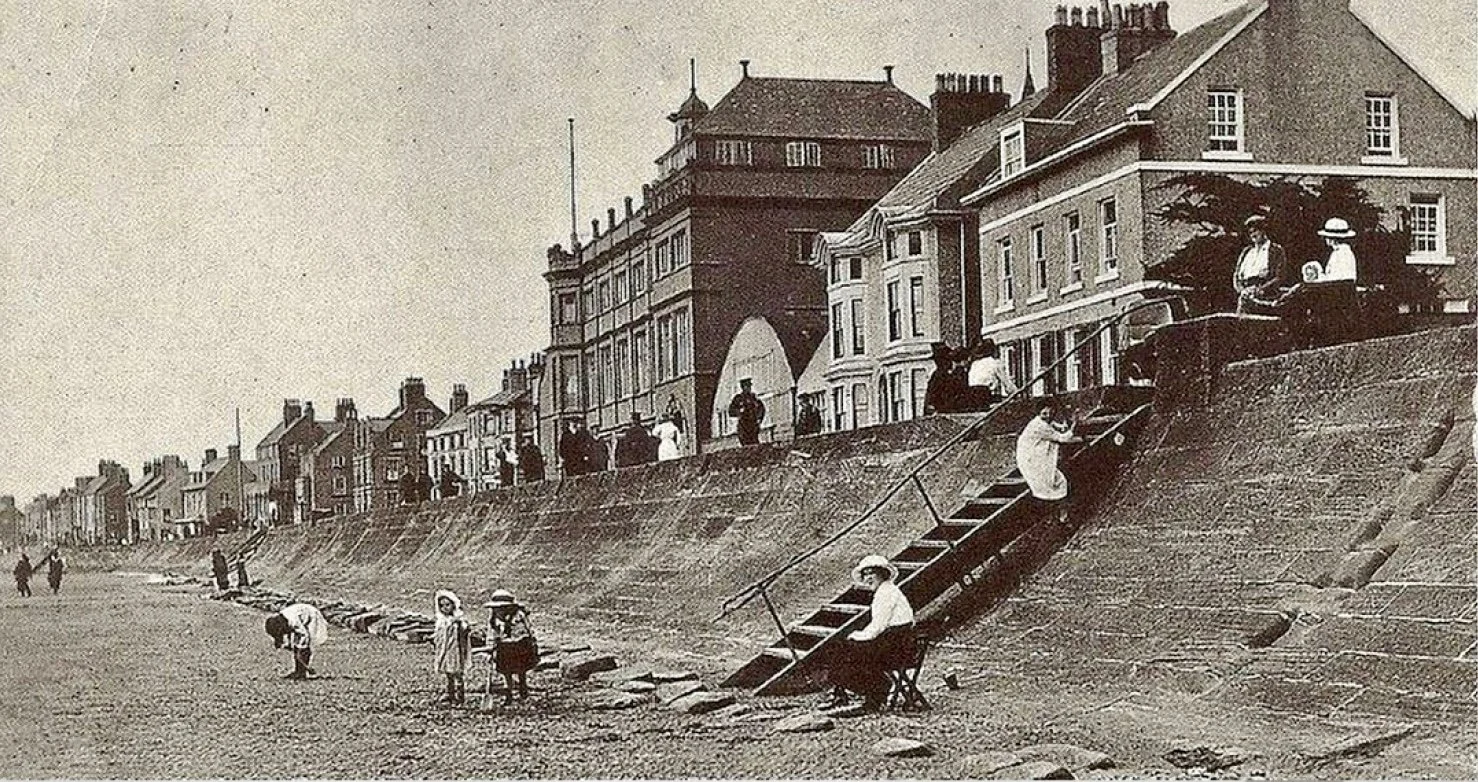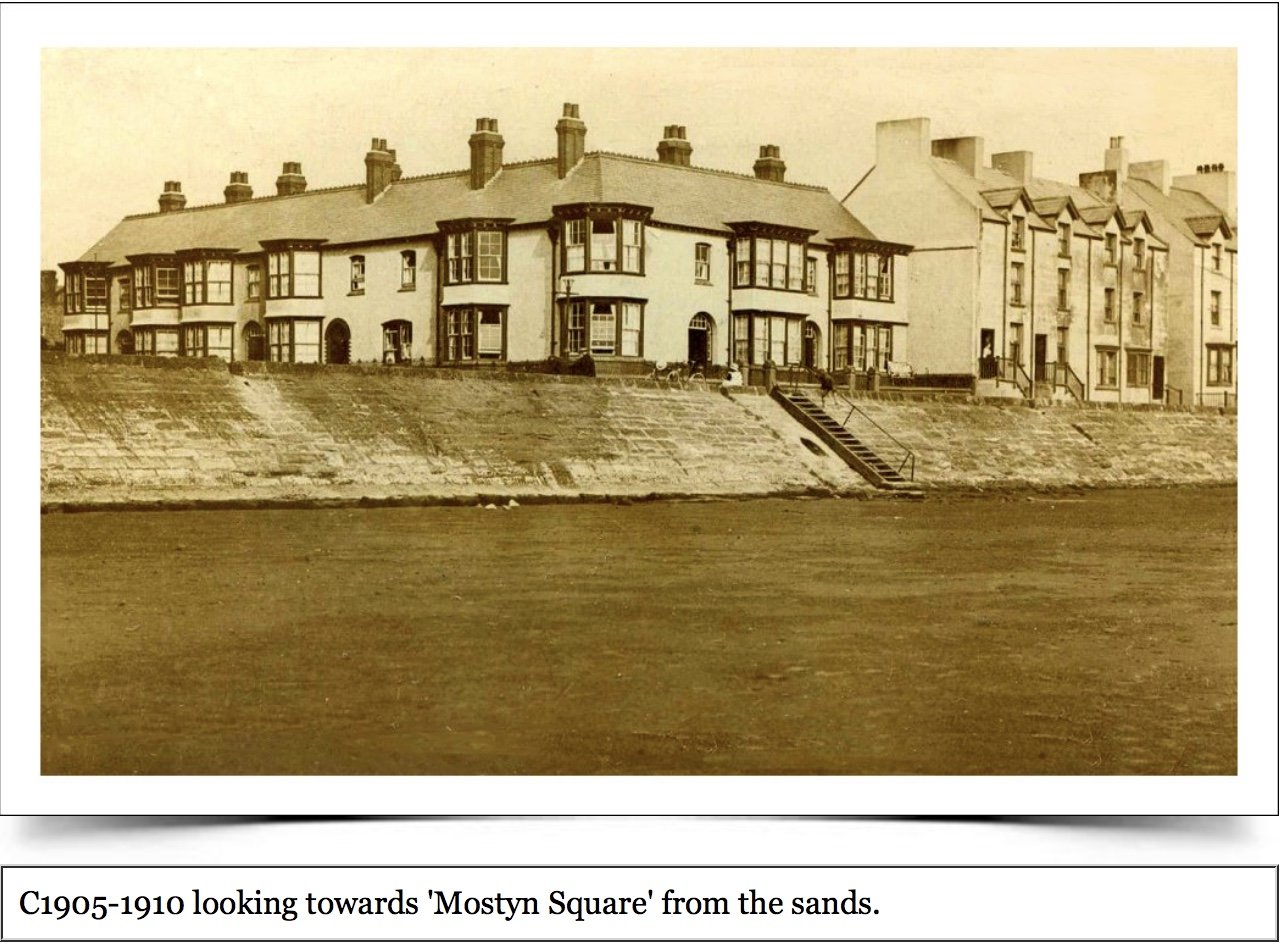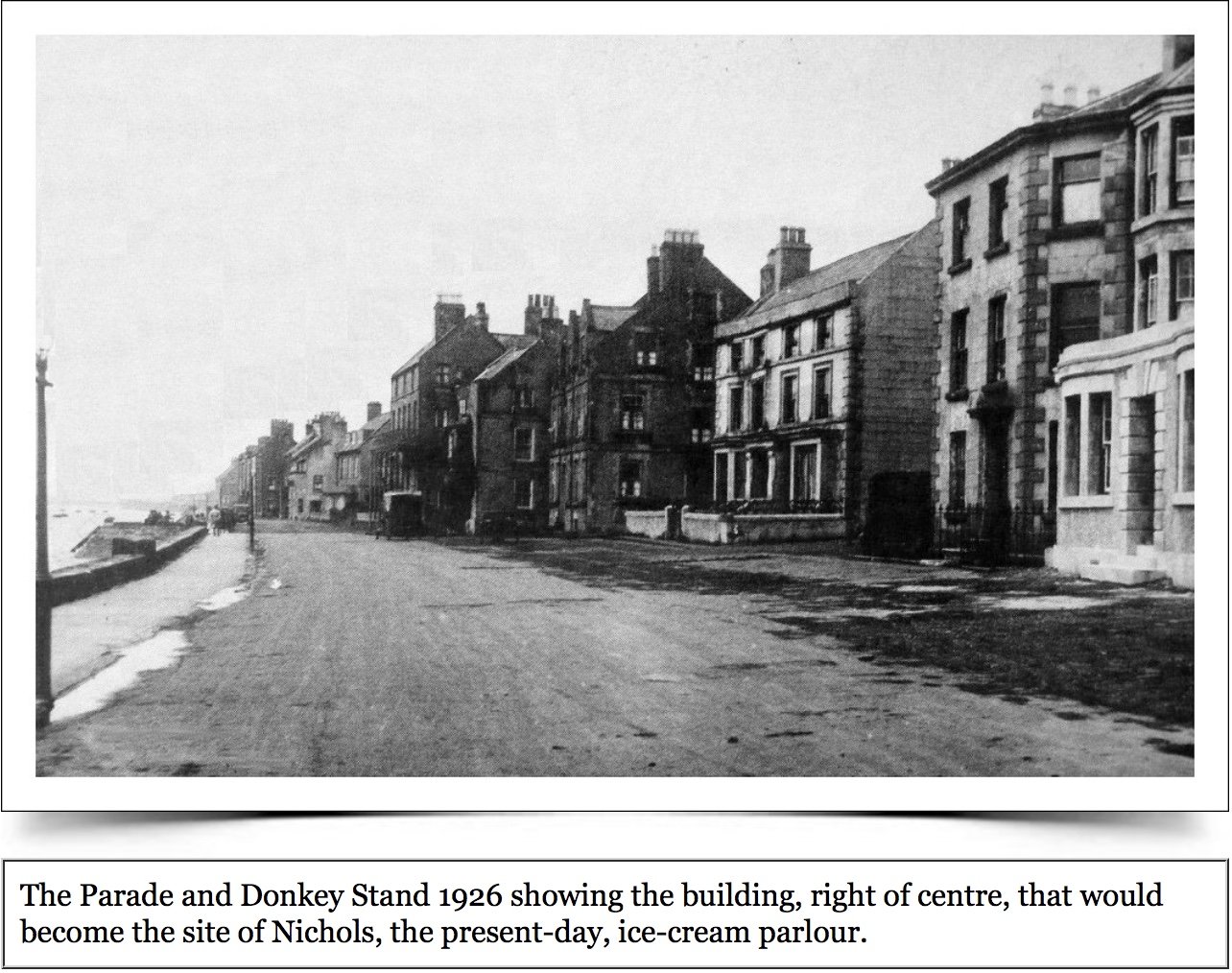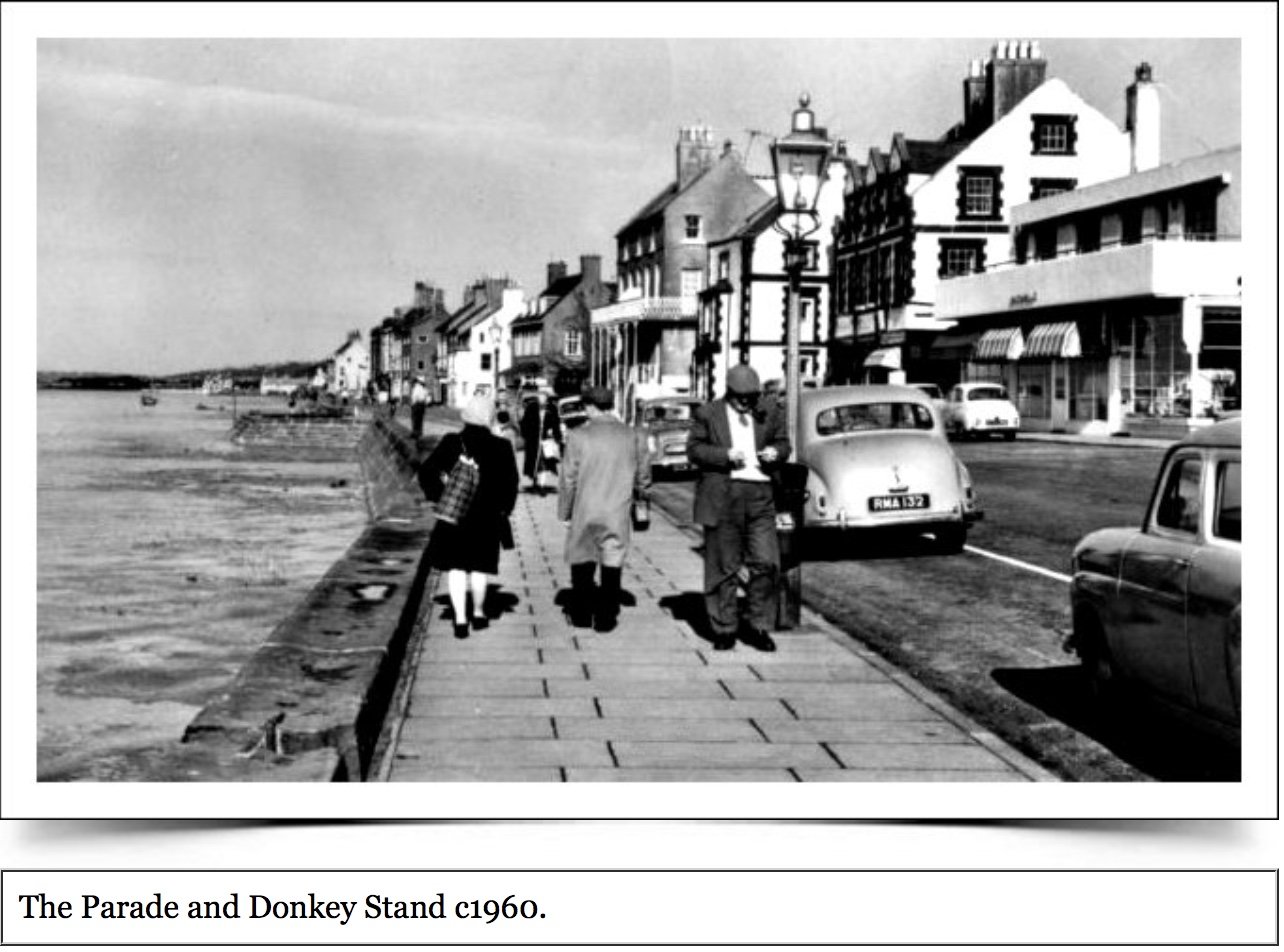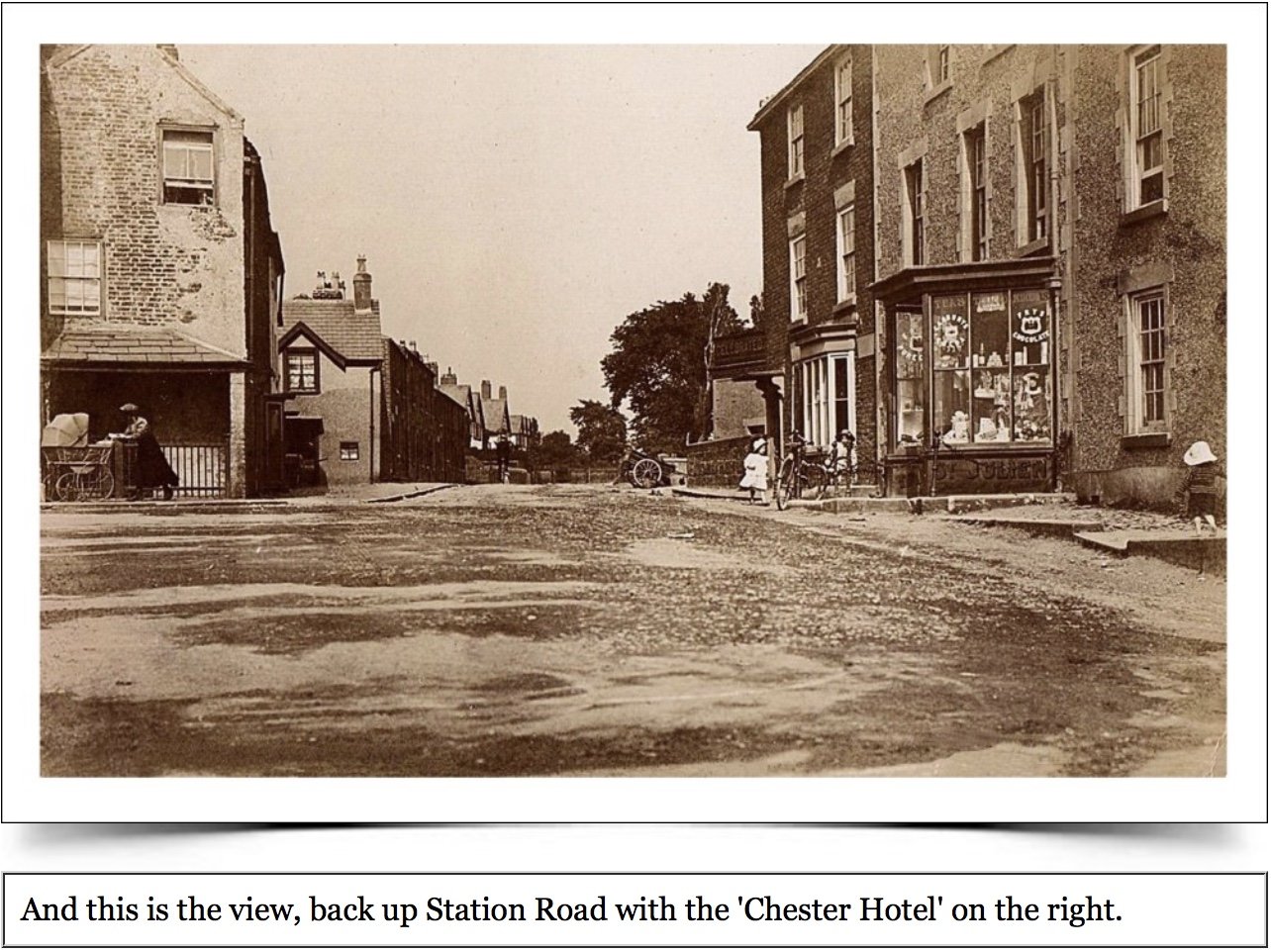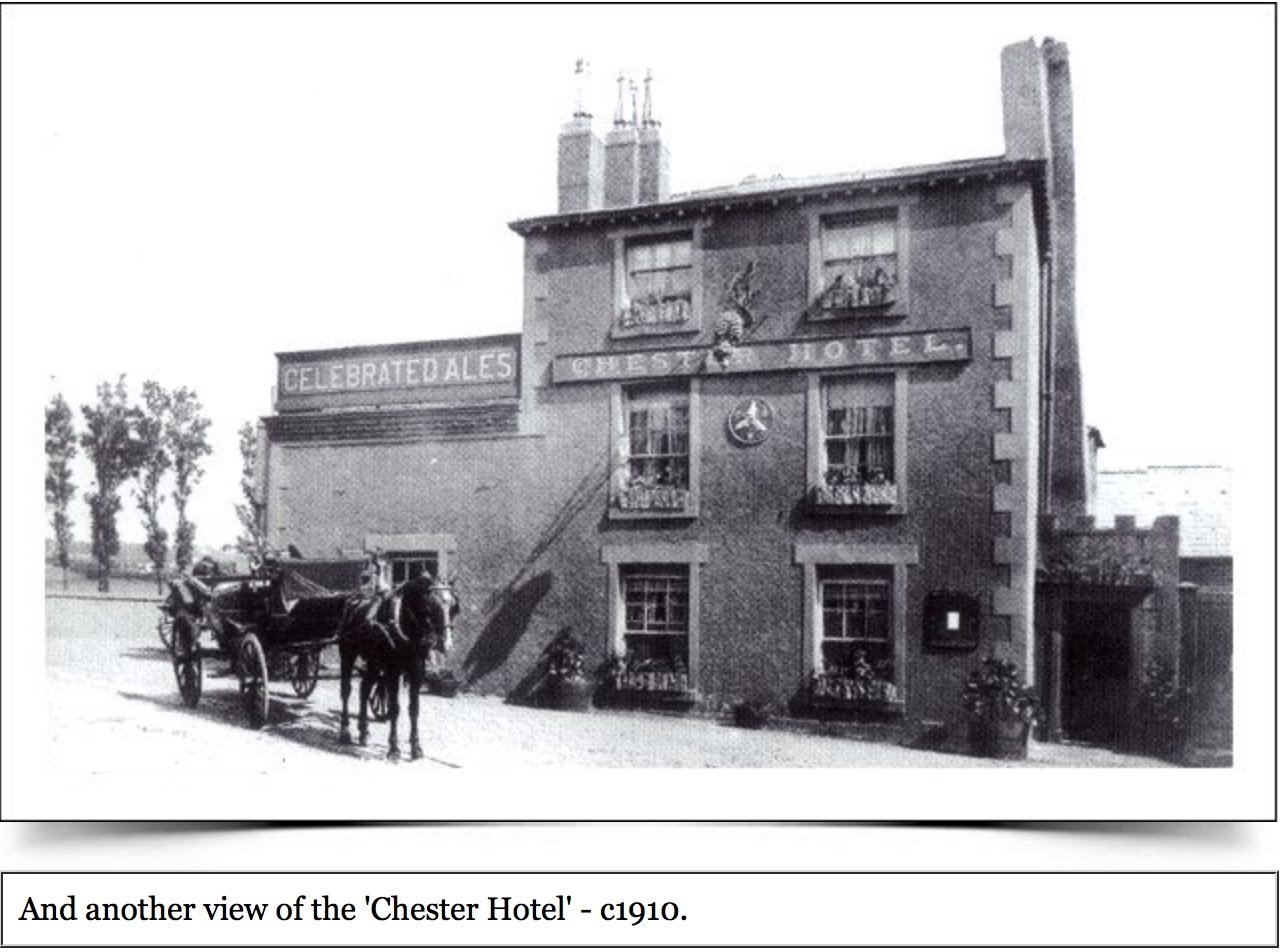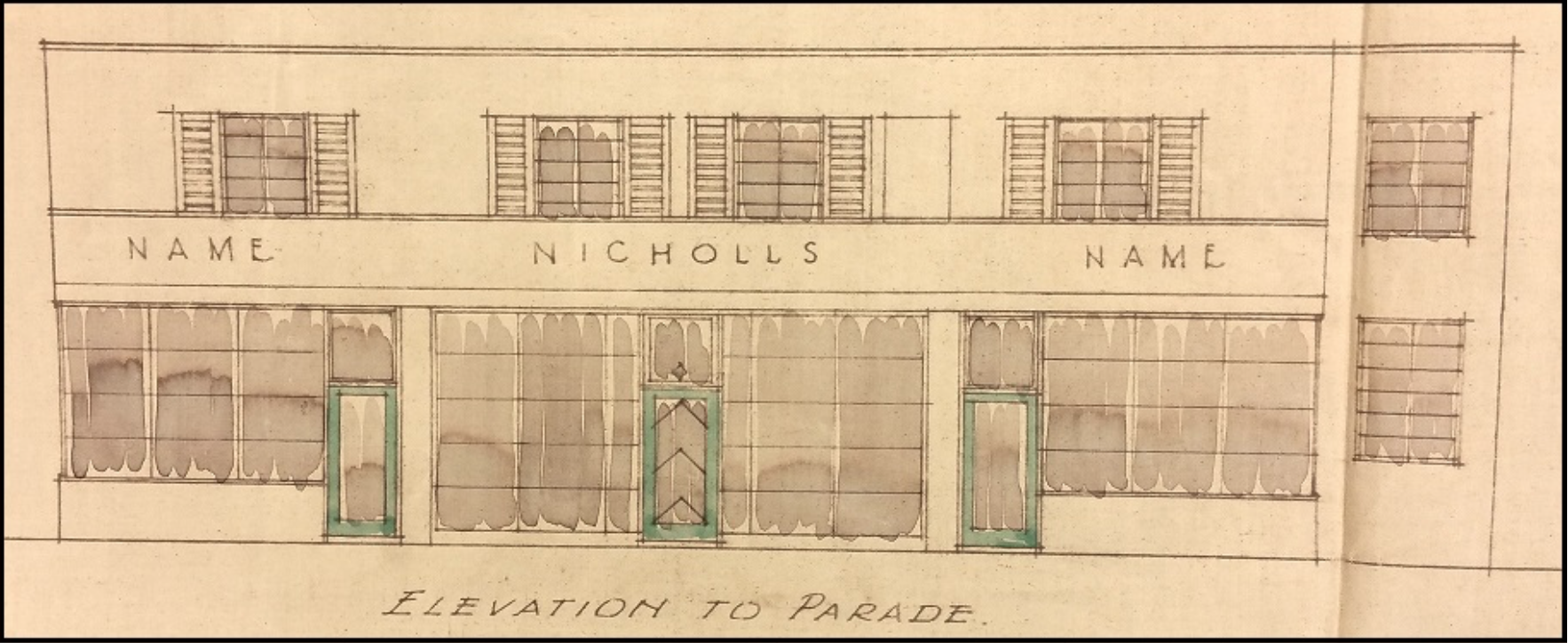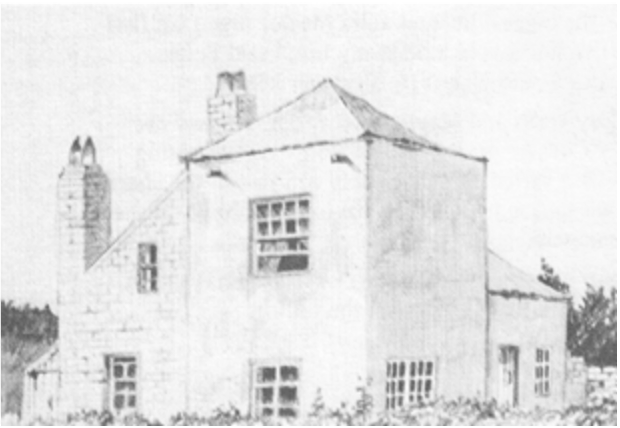20th Century
The observant visitor to Parkgate will notice that several premises along The Parade appear to have no connection with Georgian or Victorian times. Of course, no community stands still, and in the 20th century some of the older premises were considered to be insanitary and were replaced with more modern buildings. An early example was the erection of a block of late-Victorian cottage houses on the corner of Mostyn Square following the demolition of the older premises.
Amongst other demolitions of the post-war period was the former Parkgate Convalescent Home where Deeside Court now stands. During the First World War this building had been requisitioned by the Red Cross as a military hospital, admitting as its first patients twelve Belgian soldiers in October 1914. It was kept busy in this military role until February 1919.
In 1935 William Nicholls opened his ice cream parlour in a striking new art deco building, which replaced the former Dee House. A number of buildings on the south side of Station Road, including the former Customs House and the Chester Hotel, were demolished in 1962 to provide the site for the Old Quay public house, completely transforming the appearance of this part of the village.
It was decided to create the Parkgate Conservation Area in the early 1970s in order to preserve Parkgate’s unique character. The effect of the Conservation Area has been to enable properties to be modernised, whilst ensuring that their individual quality is retained. Further unsympathetic development has, in general, been successfully curbed, so encouraging the many visitors who support local businesses.
A number of significant properties have successfully undergone substantial renovations in recent years: Sawyer’s Cottage, Prospect House, Parkgate House, Hamilton House and Broad Beams. The most significant of these refurbishments was that of Mostyn House in 2013/15. The Grenfell family, as owners of Mostyn House School, once had a sizeable property investment in Parkgate. Closure of the school in 2010 and its subsequent sale led to concern that the school buildings, which had come to be seen as the iconic view of Parkgate, would be demolished and another section of the village changed forever. Fortunately, thanks to their heritage status, the outline and ambience of these prominent buildings has been preserved for future generations (including new residents) to enjoy.
Plan for a ‘New Shopping Centre’ on Parkgate Parade, March 1934.
The Evolution of RYLEy’s Castle to the modern White Cottage
A drawing from “This is Parkgate” shows a building called Ryley’s Castle in the early 1800s. Over the years there are glimpses of it in old photos showing its gradual evolution from the original Ryley’s Castle into the modern White Cottage of 2022.
Last Updated May 2022
